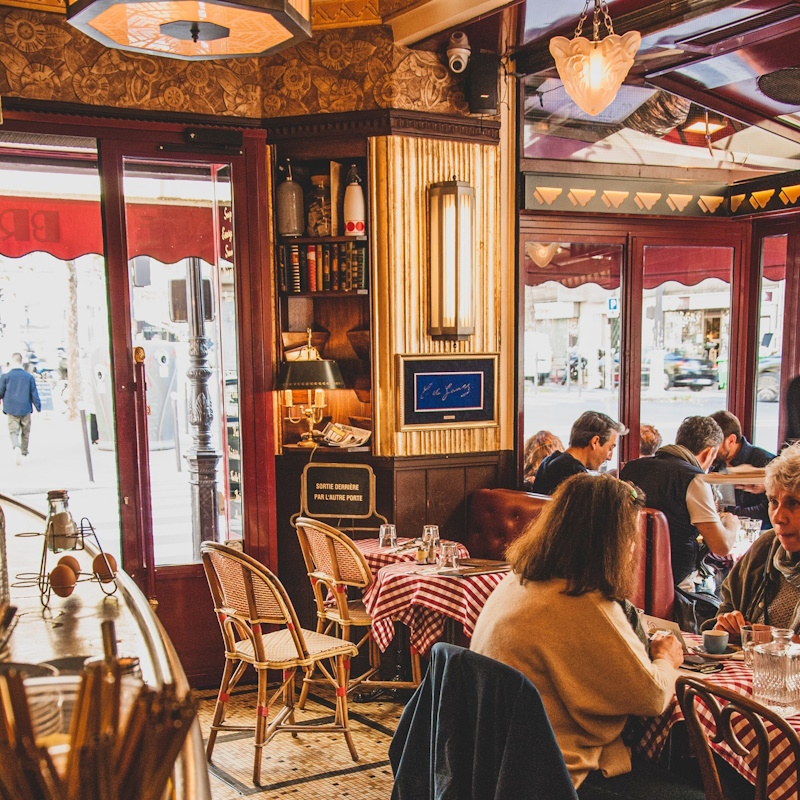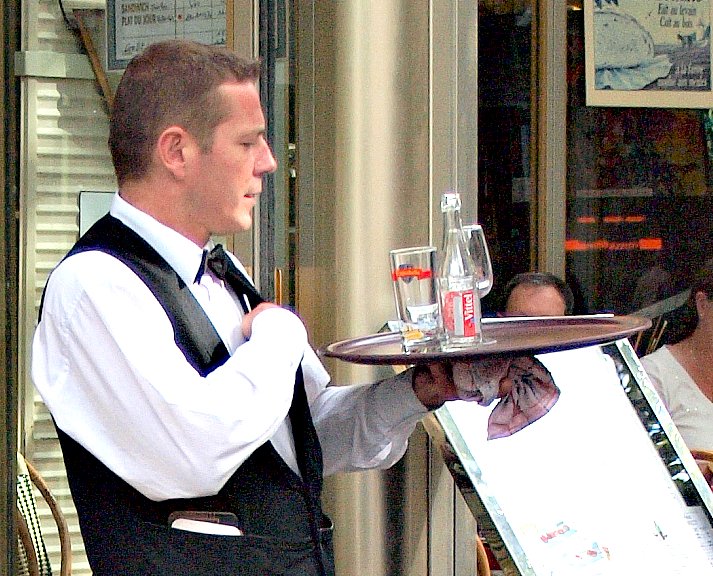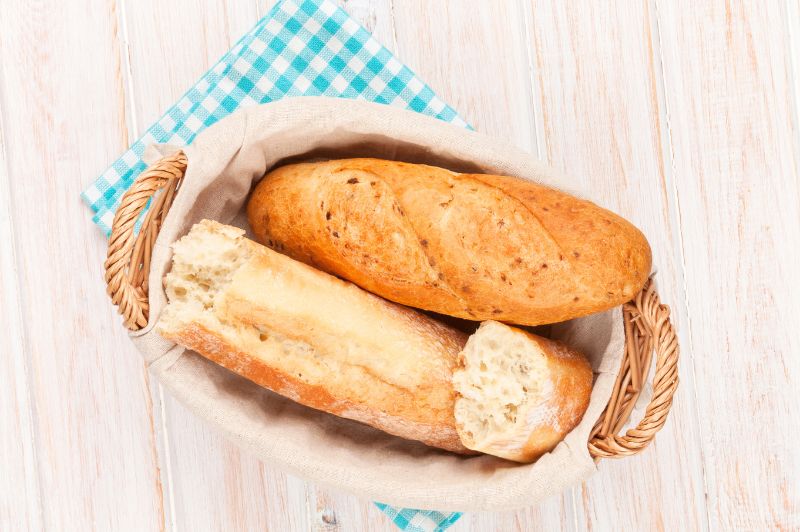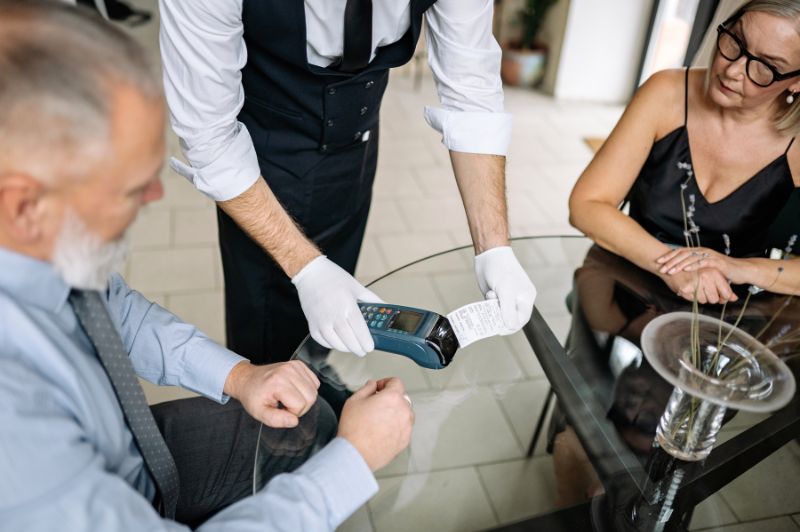15 Unwritten Rules for Dining at a French Brasserie
You don’t need to dress up or know fancy table manners to eat well in France. But there are a few things that surprise first-time visitors. Not because they’re formal, but because no one explains them.
Here’s what regulars understand about how French brasseries work.

1. Stick to lunchtime hours
Brasseries run on a fixed rhythm. Full lunch service usually runs between 12:00 and 1:30 pm. After that, you’ll often be limited to drinks or snacks, even if they say they’re open all day.
2. Don’t hesitate to check the menu outside
Most brasseries post their menu on a board or stand by the entrance. Locals always check it before walking in, not just for prices, but to see what’s being served that day. Staff expect you to look.
Browsing the menu outside before deciding to enter is totally normal and even encouraged.
3. Don’t seat yourself without checking in
Even if you see plenty of empty tables, wait for a staff member. At busy times, they’ll assign one. At quiet times, they might wave you to pick. But walking in and plopping down unannounced is seen as rude.
4. Daily menus are non-negotiable
The set lunch menu (formule) is often great value, but it’s fixed. Swapping sides, skipping dessert, or mixing starters from elsewhere on the menu usually isn’t possible.
5. Ask for tap water if you want it

You won’t be given water automatically. If you’d like tap water, ask for une carafe d’eau. Otherwise, you might be offered bottled water — which isn’t free, even if they don’t mention the price.
6. Ordering just a drink? Let them know
It’s fine to sit and have only a coffee or a glass of wine — even during meal times. But make it clear right away. Sit at a small table, not one set with full cutlery, and tell the server.
7. Don’t expect fast service
Meals are meant to be enjoyed slowly. You won’t be interrupted often, and it might take a while to place your order or get the bill. That doesn’t mean you’re being ignored — it’s just the rhythm.
8. Butter isn’t usually served
You’ll get bread, but not butter — unless you’re at breakfast. This surprises many visitors, but it’s not part of the meal in most cases, and the staff won’t bring it unless it’s requested and available.
9. Say “bon appétit” before eating
If you’re eating with others, this is a shared gesture — like saying “cheers” with drinks. It’s simple and expected, even among strangers at nearby tables. Say it and smile.
10. Bread goes directly on the table

There’s no bread plate. Just place your piece on the table next to your plate — this is totally normal. You’ll often get more bread if it goes with your dish, but it’s not guaranteed.
11. Try to leave your plate tidy
French diners often leave their plates neat at the end of a meal, even if they didn’t finish everything. It’s a small detail, but it reflects the culture of respect for food and presentation.
12. If you need something, signal for it
Waiters won’t hover. That’s intentional. If you want to order, get the bill, or ask a question, try to catch their eye or raise your hand slightly. They’ll come when they see you.
The staff won’t bring the bill unless you ask. When you’re ready, just say, L’addition, s’il vous plaît.
13. Coffee comes at the very end
Don’t order coffee with your dessert. It usually comes after everything else, including digestifs. If you want both, finish dessert first, then ask for coffee.
14. You’ll probably get one check

Most brasseries don’t split bills. If you’re dining with others, either pay together or ask one person to pay and sort it out later. Trying to divide it table-side with the waiter often causes confusion.
15. No need to tip like in North America
A 15% service charge is already included in your bill. It’s common to leave a euro or two for great service, but not expected. You won’t offend anyone by just paying the total.
***
Cover photo: Calyste23 (CC BY-SA 3.0)
